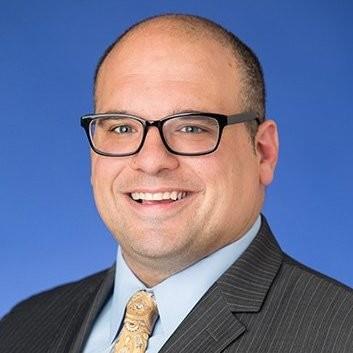Steve Guijarro, Ascot’s US chief risk officer maintains an aversion to taking big bets, as the re/insurer continues to prioritise a stable and diversified long-term underwriting strategy.
Ascot Group said earlier this year that it was hunkering down to think long-term about its strategies. But has that changed in the subsequent months?

When Global Reinsurance last sat down with re/insurer Ascot’s US chief risk officer Steve Guijarro (pictured) for a chat, in April, the message the firm was giving off about its strategies were ‘no big bets’.
That was, said Guijarro at the time, much to do with big long-term trends, such as macroeconomics, climate change and extreme weather, and the challenges these in turn would pose for the insurance industry.
The firm is knuckling down on this strategy of consistency over opportunism, regardless of the turning of the wheel of the market cycle.
“We’re sticking to our known routes,” he says. “We’re not in the business of making one-year gambles to see which way the wind is blowing. We want to make sure that the people we’re partnering up with are those we can trust, who are likeminded, focused on risk, and there for the long run.”
Guijarro says this even at a time when prices have slipped here and there in 2024, the crucial context is this has followed the surge of hard market gains seen in 2023, putting the reinsurance market in a good place for price adequacy. That would seem to put Ascot in a position of contentment, particularly around property catastrophe reinsurance business.
“You’re definitely going to see some good rates,” says Guijarro. “You’ve had one good year, but that doesn’t make up for the previous years where there has been turbulence. That’s why you want to make sure that you’re working with partners who have rate adequacy for their accounts.”
The flipside of all this, he says, is that, as the market softens, a firm has to be prepared to walk away from business that does not meet its risk appetite or its pricing margins.
He adds: “You’ve got to fight for rate on accounts where you think it’s needed, while defending accounts that you think have good-quality risk. Being measured in your cat risk deployment allows you to go a little bit lower and work with the client on rate. Again, it’s taking more of that long-term vision with partners and clients, and helping to assure them that they have the financial stability to support their needs.”
One aspect that Ascot has recently brought into its game has been around parametric triggers for products, promoted as an alternative to indemnity triggers that can make for clearer, quicker claims.
Guijarro says that the firm looks at such a measure as being “complementary” to its overall business while also providing clients with additional ways to protect their companies.
“Parametric triggers are more binary,” he adds. “Some clients want that, especially as retentions have moved up. Buying something parametric can help with otherwise increased retentions, and because the trigger is more binary there is certainty in payment.”
As a relatively new product type and a new way of looking at things, to Guijarro the use of parametric triggers is an indicator of industry progress towards offering a greater choice of products.
Again, some caution is necessary on the sell-side. He adds: “There is basis risk, which is associated with these products. That means we have to work with our clients, and also as part of the risk team, to make sure that we understand how these products are going to interact with our other policies.”










No comments yet